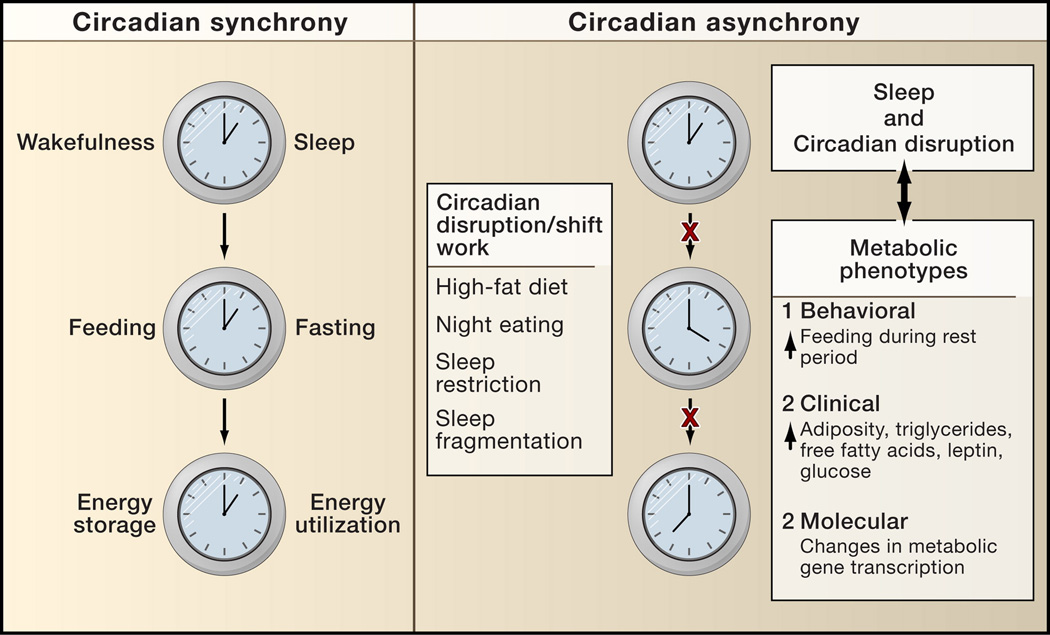Figure 6. Circadian synchrony and metabolic disease.
Many aspects of metabolic physiology are known to occur at specific times each day. Gene expression patterns corresponding to periods of energy storage and energy utilization have been tied to the function of the peripheral clock in the liver and are shown as outputs of the clock (the cycle of energy storage and utilization). Many disorders such as myocardial infarction peak at certain times during a 24 hr day, suggesting a potential link between disruption of circadian rhythms and disease pathology. Emerging evidence suggests that disruption of synchrony between periods of rest/activity with feeding/fasting and energy storage/utilization may be tied to dysregulation of not only body weight but also diverse metabolic processes such as glucose metabolism, vascular reactivity, thrombosis, and lipid homeostasis.

